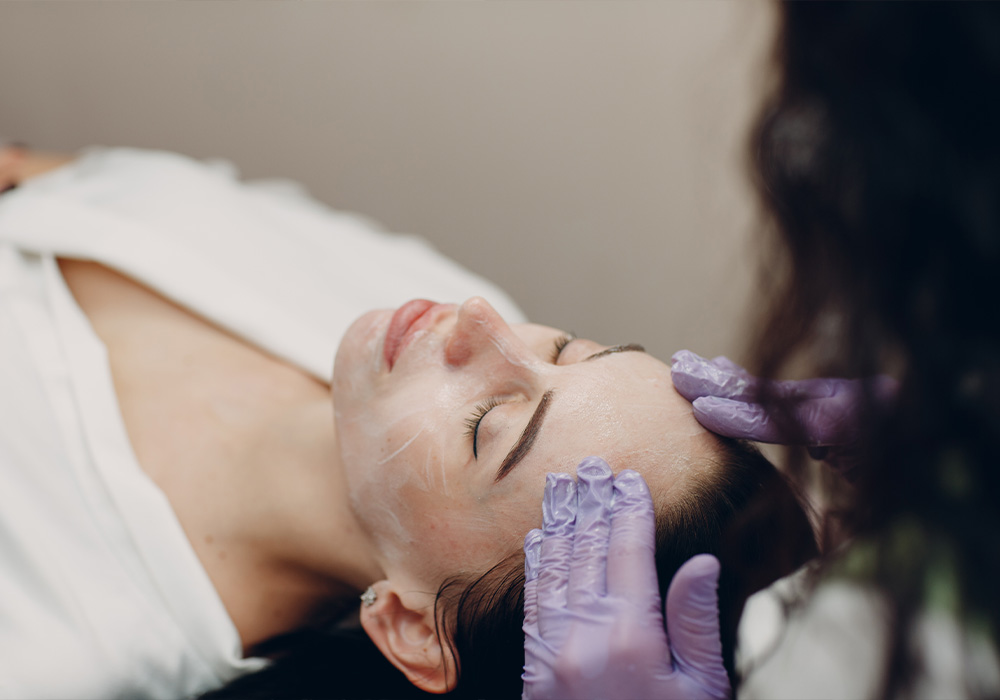In the grand scheme of things, dealing with a little sagging skin may not be a deal breaker for some; for others it is and necessitates divine intervention. But what about those instances (granted, they are few and far between but do exist) when you had a procedure done and are now left with loose skin where it didn’t previous exist? While it may be hard to believe that a cosmetic enhancement procedure could leave you with saggy skin, it can.
Miami plastic surgeon Sean Simon, MD says loose or saggy skin following cosmetic surgery is an issue that can occur most likely after some type of body contouring procedure that employs a form of liposuction. “The looseness may be a result of the technique of the surgery (the depth and degree of fat removal, the amount of fatty tissue left in place to assure a postoperative smooth contour, the quality of the preoperative skin and tissues and postoperative healing issues or complications that adversely affect the healing process). But the best way to treat it is to prevent it in the first place. If the overlying skin does not have sufficient elasticity, after removing the underlying fat the skin may not sufficiently retract or tighten to fit the new shape, which will result in skin that is looser than it was before the procedure.”
You May Also Like: These Are the Best Ways to Firm Saggy Knees
But it’s not just your body that can be left with saggy skin post-surgery—a facelift can do it, too. Palo Alto, CA facial plastic surgeon Jill Hessler, MD, says that the end goal of facelift surgery is to lift or elevate the muscles as well as the skin. “Muscle elevation is the key to long lasting results. If the skin is not adequately addressed as well (via excision) then it can result in sagging.”
The right procedure also needs to be picked for the issues at hand. Of course, the quality and elasticity of the skin should always be assessed before you sign on the dotted line to go forward with any procedure. However, Dr. Simon says there are techniques that will allow for less-invasive procedures such as power-assisted liposuction combined with skin-tightening laser (like Smartlipo), to be utilized on a wider range of patients rather than traditional liposuction techniques.
Dr. Hessler adds that when performing a facelift, in patients with signs of sun and skin damage, laser resurfacing can be done at the same time to minimize the chances of excess skin and also create a smoother, more balanced appearance to the face.
“When loose skin is left behind after surgery, it can be the result of an incorrectly performed procedure. For example, not treating the neck bands when they need to be corrected can present skin that has a poor quality to it,” says Dr. Hessler.
Unfortunately, once the skin is past the point that it can retract on its own, there’s little that can be done short of surgery to fix it. Usually, the best mode of correction is some sort of skin excision procedure—think a tummy tuck for the body or a “tuck up” procedure for the face to get rid of skin redundancy—to get rid of any looseness once and for all.

















